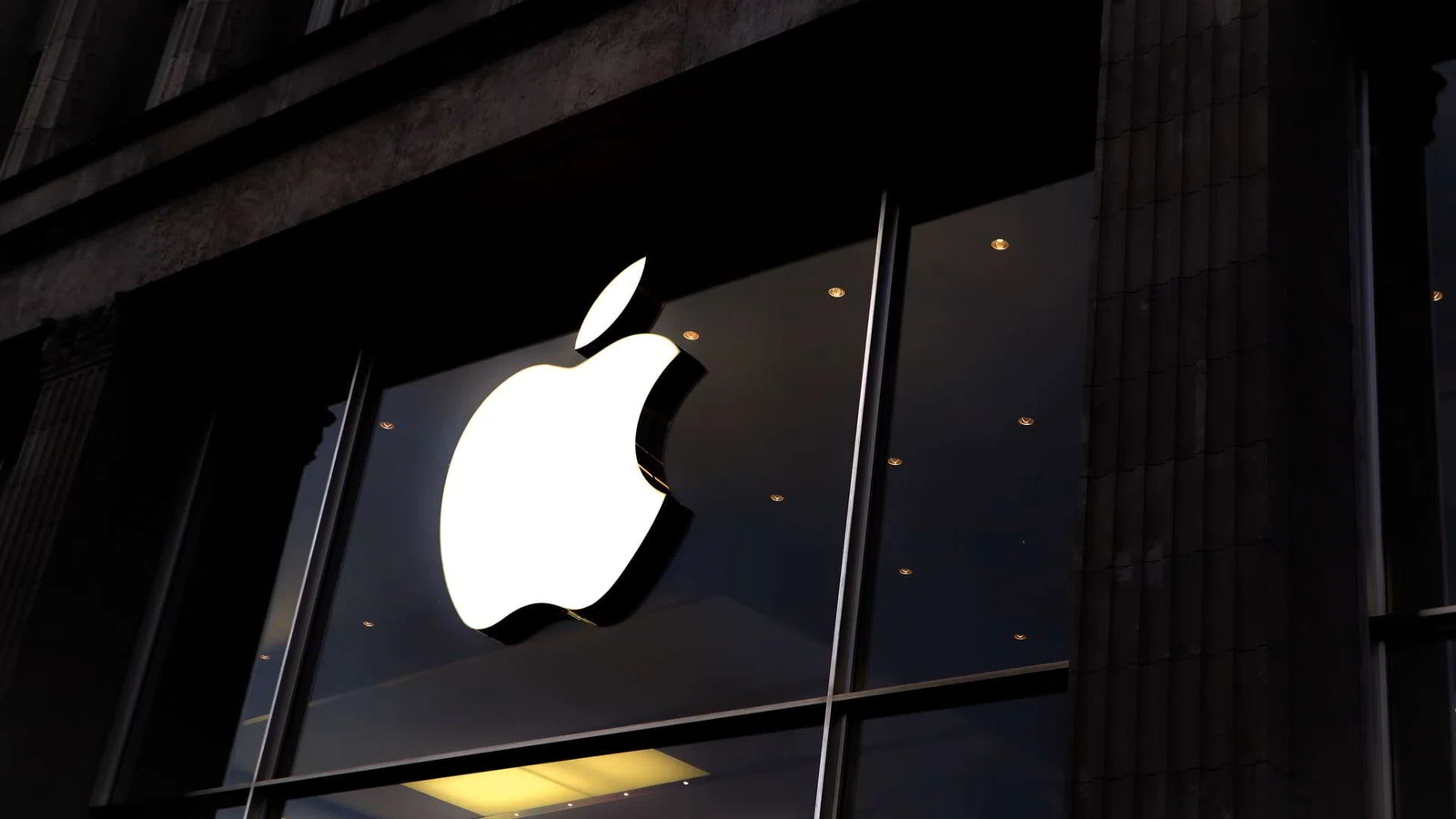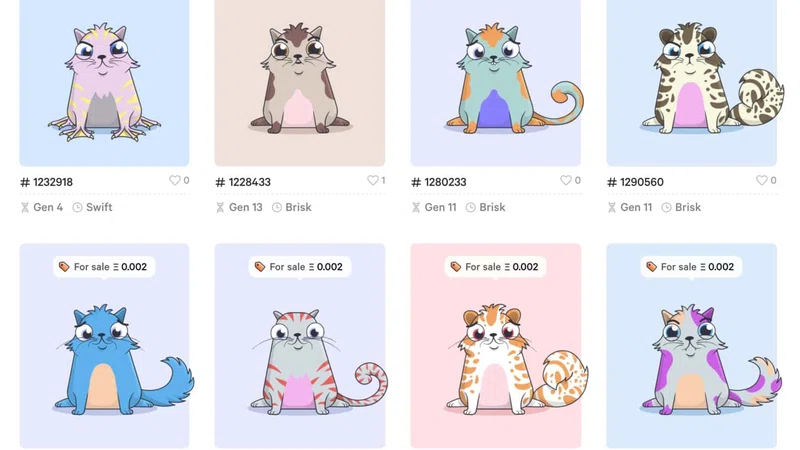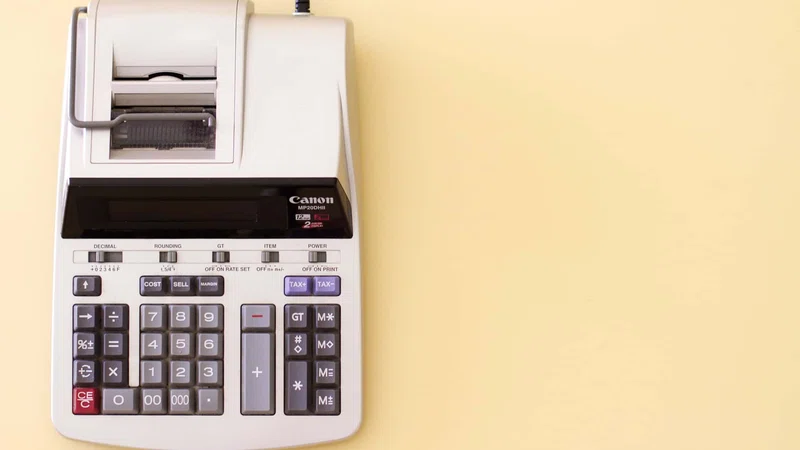A new form of digital payment system is taking the world by storm and is finding relative acceptance in the U.S. “Buy now, pay later” options, referred to as BNPL, allows consumers to split purchases into installments that would include simple interest or no interest. This will enable customers to break away from the traditional credit model that lets interest compound, which can cause massive debt to the consumer. Unlike traditional layaway, consumers receive instant access to their purchase as they pay it off.
Furniture and home gym equipment companies have long let people pay for big-ticket items in installments while taking the product home right away, but now the concept has made its way online, spreading across industries and into smaller purchase amounts. This type of service is already seeing big-name players in FinTech entering the market and competing for their own market share. Startups like Affirm, Klarna, Afterpay, and Uplift are all paving ways in the new FinTech sector, as mega-corporations like Visa, Paypal, and now Apple strive to enter the market themselves and thrive off of their successes and models. Although BNPL services accounted for just 2% of U.S. e-commerce payments last year, according to FIS Global, they’re rapidly gaining in popularity as the European and Australian sectors continue to flourish. BNPL has accounted for more than 7% of European e-commerce transactions in 2020 and 10% of Australian ones, according to FIS Global. In Sweden alone, Swedish BNPL provider Klarna accounted for 23% of e-commerce transactions last year. With such promising results in Europe and Australia, many major FinTech companies are looking to dive into the action.
The newest major company looking to get into the BNPL space is Apple. This upcoming service, known internally as Apple Pay Later, will use Goldman Sachs Group Inc. as the lender for the loans needed for the installment offerings. Goldman Sachs has been a partner since the release of the Apple Card credit card in 2019 but is now looking to advance its relationship with Apple further. The buy now, pay later system could help promote the use of Apple Pay and convince users to use their iPhone for transactions rather than their standard credit cards. Apple receives a percentage of transactions made with Apple Pay, driving additional revenue to the company. When a user makes a purchase via Apple Pay on their Apple device, they will have the option to pay for it across four interest-free payments made every two weeks or across several months with interest. The plan with four payments is called “Apple Pay in 4” internally, while the longer-term payment plan is dubbed “Apple Pay Monthly Installments.” When making purchases through an Apple Pay Later plan, users will be able to choose any credit card to make their payments over time. According to the company, Apple’s iPhone-based payment service is accepted at 85% of all U.S. retailers. The new service would mark one of the most significant additions to the service since its launch in 2014, following other features like peer-to-peer payments.
Can this service rival competitors like Affirm or PayPal?
Apple Pay Later has the potential to not only rival Affirm and PayPal but also even surpass the original competitors. With the relative simplicity of tapping your iPhone to pay for items at registers, this service can make Apple Pay an even more attractive option for transactions. With iPhone users making up around 47% of the US population, this service will be available for many customers, but unfortunately, not for everyone. With the other 53% not able to use this service, apps like Affirm and PayPal will be able to contain that market share for themselves. However, with the percentage of Apple users rising every year, Apple doesn’t need to tap into the entire market to succeed in the BNPL scheme. With one of the most loyal customer bases in the smartphone industry, most consumers buy iPhones and use most of their many features daily. With this transaction model proven to work in Europe and Australia, there is no reason why it would not show the same results in America, where the yearly salary is higher and consumer spending is greater. Apple is making the right decision by entering the market now in its earliest stages in America.













